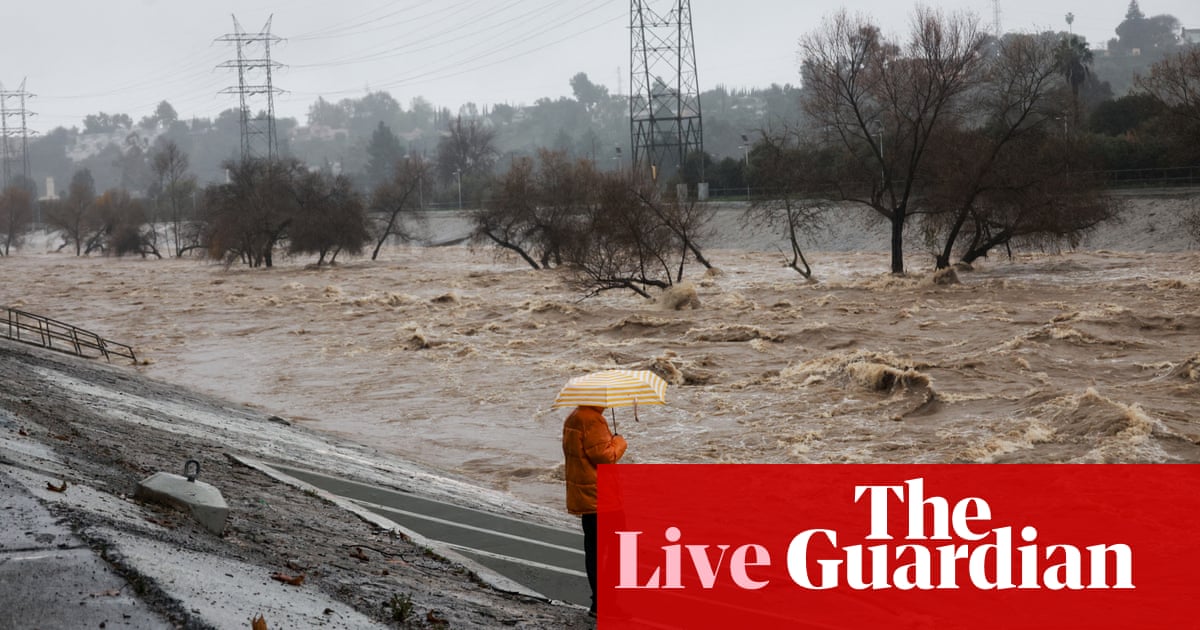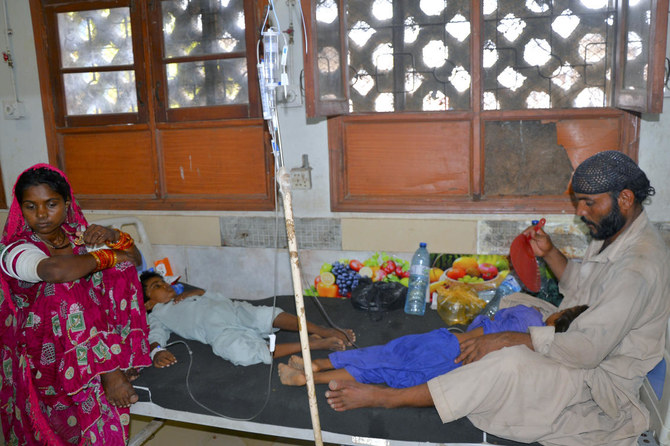
The SCU Lightning Complex Fire has grown to 137,475 acres with 5% containment.
Burning in a variety of locations in the southeast region of the Bay Area, the blaze stretches through Alameda, Santa Clara and Contra Costa counties, as well as San Joaquin and Stanislaus counties of the Central Valley.
Officials issued mandatory evacuations for large swaths of San Joaquin, Stanislaus, Alameda and Santa Clara counties.
For those keeping track, California is currently fighting three lightning complex fires: the CZU August Lightning Complex Fire, the LNU Lightning Complex Fire and the SCU Lightning Complex Fire.
The initials represent the locations and different units of each Cal Fire agency battling the fires: CZU is the Santa Cruz-San Mateo unit, LNU is the Lake/Napa/Sonoma county region and SCU covers Santa Clara, Alameda, Contra Costa, Stanislaus and San Joaquin.
They’re called complex fires because they’re complicated. Only partially kidding - basically, these three blazes had at least two or more fires within them that were assigned to the same incident. It can be hard to picture because when a fire gets a name, you tend to conjure up this image of this giant monolithic monster of flames. In reality, a wildfire is more a series of hotspots and flare-ups than anything else, sometimes spread out by miles, and a wildfire complex, even more so.
In a way, Donald Trump is not entirely incorrect when he talks about “cleaning your floors” - clearing vegetation is a big part of wildfire prevention and prep that take place every year. But California’s wildfires have gotten deadlier and more destructive in recent years not just because of forest management.
The fires of the past few years aren’t just sweeping through forests - they’re taking out entire towns and they’re ripping up whole neighborhoods where people live. A large part of this is because of the climate crisis. As the Guardian’s former environmental reporter Susie Cagle wrote during last year’s fire season, the climate crisis “has sped up California’s natural cyclical weather patterns and made the age-old threat of fire into an acute and repetitive trauma”.
Fall is traditionally fire season for California, as the Diablo winds in the north and Santa Ana winds in the south blow down the hillsides and across forests and brushland that has dried out from the summer heat, but not yet wetted by winter rains. Extreme winds make the vegetation especially flammable, and threaten to whip up flames and carry hot embers further and faster, creating new “spot” fires across the landscape.
Watch a video explainer on the role the climate crisis has played on wildfires here:
Donald Trump is once again talking about cleaning the forest floors, just as he had two years ago when he visited Paradise, a town devastated by the Camp Fire.
Because time is a flat circle.
“I see again the forest fires are starting again in California,” Trump said. “You got to clean your floors, clean your floors...I’ve been telling them this for three years, but they don’t want to listen.”
It was amidst talks of clean floors and not heeding his advice on the value of a clean forest floor that he made his statement about withholding aid: “Maybe we’re just gonna have to make them pay for it, because they don’t listen to us,” he said.
As California burns, Donald Trump threatens to withhold aid.
According to Republican Voters Against Trump, it wouldn’t be the first time.
“He told us to stop giving money to people whose houses had burned down because he was so rageful that people in the state of California didn’t support him and that politically it wasn’t a base for him,” Miles Taylor, former chief of staff to Homeland Security Secretary Kirstjen Nielsen, said in a video.
The Los Angeles region is once again facing an extreme heat wave, poor air quality and raging wildfires, creating major public health challenges during the ongoing Covid-19 pandemic.
While the largest and most concerning fires are farther north, which is experiencing the worst air pollution in the world, southern California is also struggling with extremely challenging weather conditions and continued coronavirus threats. In recent days, the sprawling LA region has been plagued by record-breaking high temperatures, smoke-filled air, foggy conditions and “unhealthy” and “very unhealthy” levels of pollution.
The heat is supposed to last into the weekend, and officials are urging people to stay indoors, which has created an extra burden as some activities, such as dining and fitness, have moved outside due to Covid.
The Apple fire, east of LA, was 95% contained and at 33,400 acres as of Thursday. That fire has exacerbated pollution in Riverside county and the industrial area known as the Inland Empire, which is known for having some of the worst air quality across the US.
The Lake fire, in the northern part of LA county, was at 27,000 acres and 48% contained as of Thursday morning. The Holser fire, in Ventura county (near the coast and also north of LA) was at 3,000 acres and 30% contained.
Across the LA area, authorities also issued an advisory for ozone pollution due to the heat and fires.
Gavin Newsom, California’s governor, discusses some of the challenges of setting up emergency shelters during a pandemic.
Newsom announced Thursday that he secured a Fema grant to help battle the CZU August Lightning Complex Fire. He had secured a grant for the LNU Lightning Complex Fire earlier this week.
The fires are burning through and around much of Steinbeck Country, the lush agricultural valley of the Central Coast that was the setting for the Grapes of Wrath.
That means the low-wage farmworkers, whose work has been deemed essential in the pandemic, are now toiling under plumes of smoke - in a heat wave, while wearing face masks to mitigate coronavirus spread.
California exports $21bn in agriculture products.
In addition to the wildfires plaguing the Bay Area and forcing evacuations, a number of blazes are burning through national forests at the moment.
The Loyalton Fire burning in Tahoe National Forest famously set off a “fire tornado” warning a few days back. It has since grown to 46,617 acres and is 38% contained. Officials lifted mandatory evacuations in this area.
The Dolan Fire burns about 10 miles south of Big Sur on the coast, south of the CZU Lightning Complex Fire. It has grown to 6,700 acres and is 0% contained. In its vicinity are the Carmel Fire at 4,285 acres and 0% containment and the River Fire at 33,653 acres and 7% containment.
Across the state in the Sierra Nevada Mountains, the Bell Fire burns in Stanislaus National Forest at 31 acres. Like the Loyalton Fire and many of the blazes in the Bay Area, officials believe it was sparked by lightning.
The Beach Fire burns in Inyo National Forest at 3,780 acres.
A utilities employee who had been clearing electrical lines and poles of vegetation to make the area safe for emergency responders was found dead.
Some context: Pacific Gas & Electric (PG&E) has a long history of sparking wildfires. Last year, the company filed for bankruptcy, in part because its attorneys said it could not afford to pay all the potential wildfire liabilities. The company chose to cut power to unprecedented swaths of the state during last year’s fire season rather than shoulder the risk of sparking another wildfire.
Critics and state watchdogs have long said that poor maintenance and an aging infrastructure were to blame for PG&E’s roles in these fires, and that the company should have been more diligent in their care of the grid. In keeping infrastructure like electrical poles and lines clear of vegetation, workers like Steve Wink are lowering the chances of more fires sparking and spreading and causing even more destruction. They’re making sure emergency responders have clear paths to access what they need. Steve Wink was doing important work when he died.
Hundreds flee 131,000 acre LNU Lightning Complex fire
Farther north, the LNU Lightning Complex fire has forced hundreds to flee their homes in both mandatory and non-mandatory evacuations.
This blaze is burning in a variety of locations across five counties in Napa, Sonoma, Lake, Yolo and Solano. It has grown to an estimated 131,000 acres and is 0% contained.
This is a region that has been hard-hit by wildfires in the past few years. Starting in 2015, the Valley fire, the fifth most destructive fire in California history, ripped through Napa, Sonoma and Lake counties, killing four and burning up nearly 2,000 structures. In 2017, the Tubbs fire struck Napa and Sonoma, killing 22 and destroying more than 5,600 structures to earn itself the no 2 spot on the most destructive list. Around that same time, the Nuns fire - no 9 on the list - burned through Sonoma, killing three and burning more than 1,300 structures.
Rebuilding for these communities has been a nightmare. With so much need for construction and materials - in addition to personal homes, infrastructure and government projects damaged in the fires required attention - many victims who lost everything were still struggling, years after the fires. Read more about what this year’s wildfire victims could face - “the disaster after the disaster”:
California’s oldest state park, home of some of its majestic redwoods, has “sustained extensive damage”, according to the state parks and recreation department.
The fire dubbed the CZU August Lightning Complex that is burning in various locations in Santa Cruz county and San Mateo county reached Big Basin Redwoods state park on Tuesday.
The blaze “damaged the park’s headquarters, historic core and campgrounds”, according to park officials. Campers, day-use visitors and staff at both Little Basin and Big Basin were evacuated.
As of Thursday, the fire was estimated to have grown to 40,000 acres and was 0% contained. Cal Fire issued mandatory evacuations for parts of Santa Cruz county today.
The National Weather Service offers us a glance at the scope of what the San Francisco Bay Area is facing when it comes to the wildfires.
Some context: the San Francisco Bay Area is a region consisting of nine counties sprawled over just a hair under 7,000 square miles. About 7.7 million people live here.
It’s home to Silicon Valley and tech giants like Apple and Facebook. While it indeed has urban hubs in San Francisco and Oakland, the Bay Area has a fair amount of open space in its suburbs, nature and agriculture - it’s home to the rolling wine country vineyards of Sonoma and Napa counties as well. Read: it has a fair amount of fuel for wildfires to bring the flames ever closer to populated centers and threaten houses, businesses and lives.












